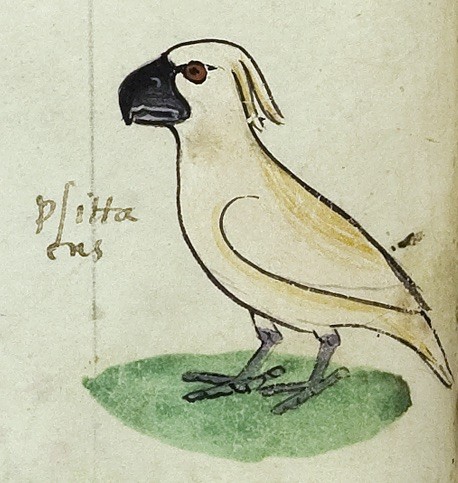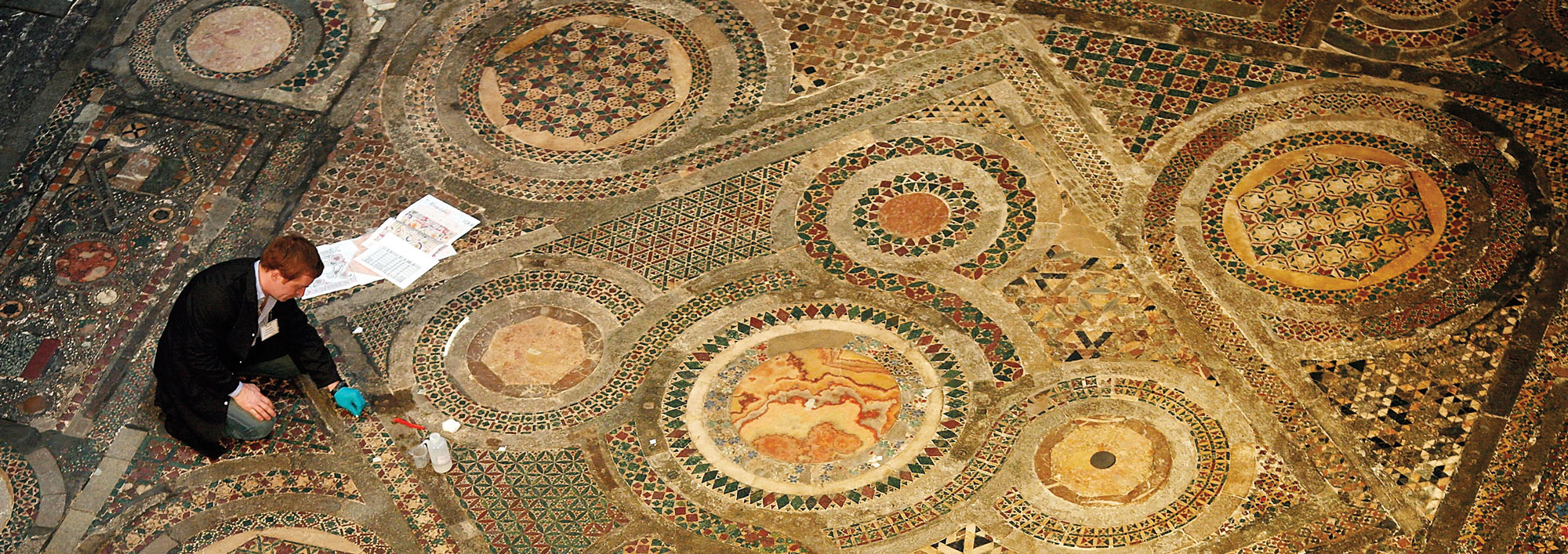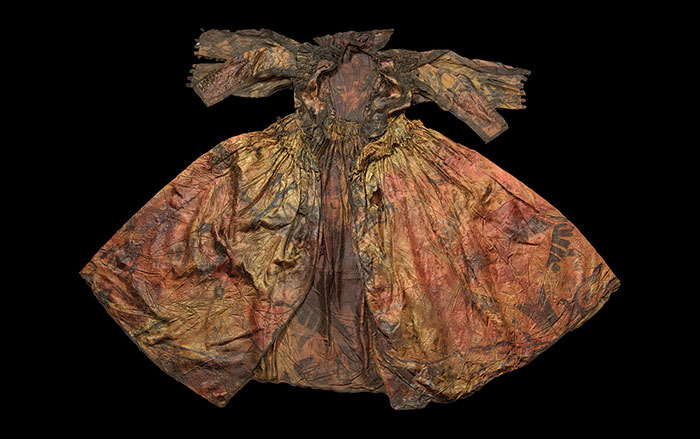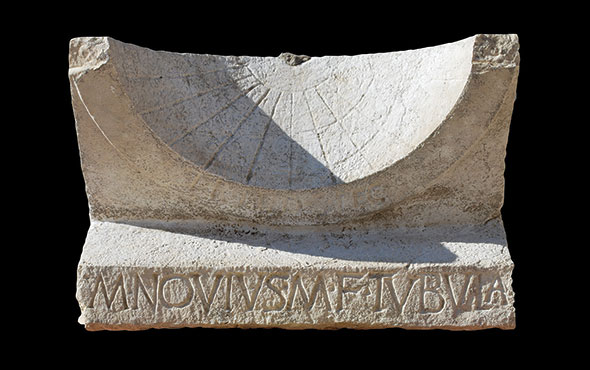
MELBOURNE, AUSTRALIA—The Guardian reports that historians have identified a likely image of a cockatoo in a thirteenth-century Latin manuscript written by Holy Roman Emperor Frederick II, making it the earliest known European depiction of the bird, which lives in the wild in northern Australia, New Guinea, and the islands around New Guinea. The book, The Art of Hunting with Birds, contains more than 900 illustrations of birds and falconers. The cockatoo is depicted four times, and is thought to have been sketched from a bird given to Frederick II by al-Kamil, the sultan of Egypt, to add to his extensive menagerie of exotic animals. “The fact that a cockatoo either from the northern tip of Australia, or from New Guinea or the islands around it, was traded to Cairo and on to Sicily is significant,” said Heather Dalton, a University of Melbourne historian. “It’s a window in on what I think was quite a vibrant trading network.” Several years ago, Dalton identified an image of a cockatoo in a fifteenth-century European altarpiece. Finnish researchers then contacted her to let her know about the cockatoo's appearance in Frederick II’s sketches, which are 250 years older. To read about a depiction of an owl discovered on a Danish island, go to “A Rare Bird.”










